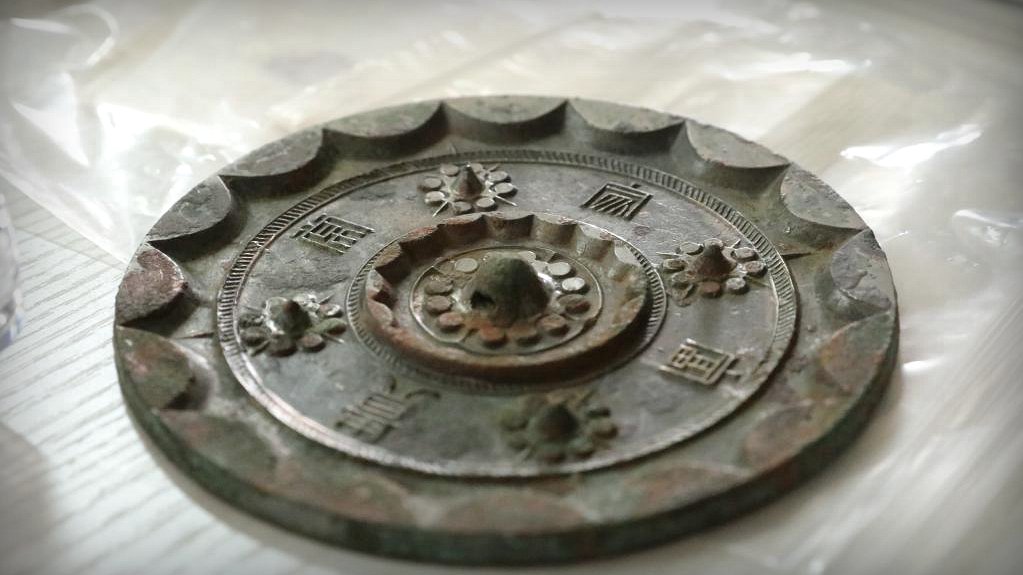
Archaeologists have found 80 beautifully decorated and polished bronze mirrors
Categories: Finds and rescue research abroad , Nálezy nejenom s detektorem v Číně
More than 80 bronze mirrors were found in 400 warring tombs (between 475 - 221 BC) and the Western Han Dynasty (206 BC - 9) at a more than 2,000-year-old burial ground in Shenxi Province in northwest China. nl). Although much of the tombs have been looted, archaeologists have acquired more than 2,000 artifacts, including cleverly crafted pottery and bronze objects.
Bronze mirrors are circular in shape, their diameter ranges from eight to twenty-two centimeters. The largest of them has a thickness of 5 mm. Mirrors were found in different tombs, but the position of most was always in the same place: In close proximity to the head or upper body of the deceased. One of the mirrors still carried a fragment of silk, probably the remnant of a protective cover from the time when its owner was alive. Graves were both female and male, so the mirrors were more a symbol of the wealth and social status of their owner than a reference to gender.
The time intervals of individual graves also recorded differences in the process of casting bronze, the size or quality of mirrors. A wide selection of styles is represented. The backs were decorated with various geometric motifs, flowers, lines, depictions of folk crafts or inscriptions, such as: "eternal joy", "family wealth" or "long memory". The mirrors are in good condition, some have even retained most of their original luster. One of the presented mirrors is still so shiny that it is possible to see in it.
The oldest known Chinese mirror dates from the period of the Sia dynasty 4,000 years ago. However, the rapidly growing popularity of mirrors in the wider population did not occur until the Han Dynasty (206 BC to 220 AD). According to historical records, a centralized residential complex for the nobility, located only about 4 km from the cemetery, was established for the new construction and operation of the emperor's mausoleum and better supervision of aristocrats by the dynasty founder and its first emperor, Liu Bang. Therefore, scientists believe that the burial ground belonged to the higher classes of the dynasty.
Video
Roman Němec






Sources: smithsonianmag.com, dailymail.com, thehistoryblog.com, thevintagenews.com
The article is included in categories:



